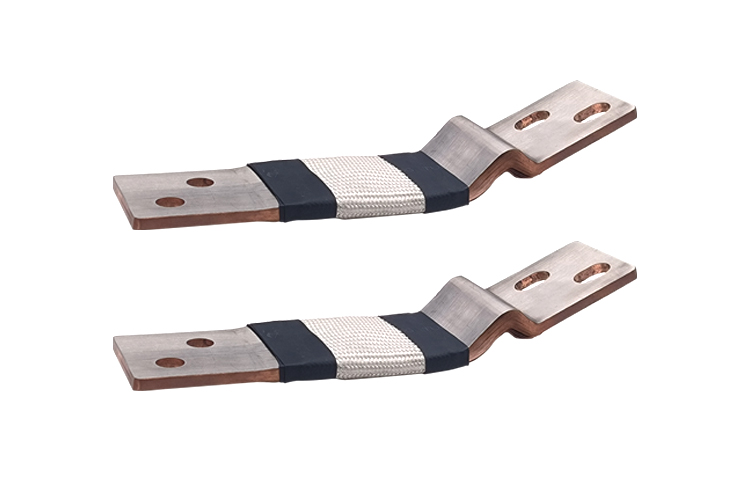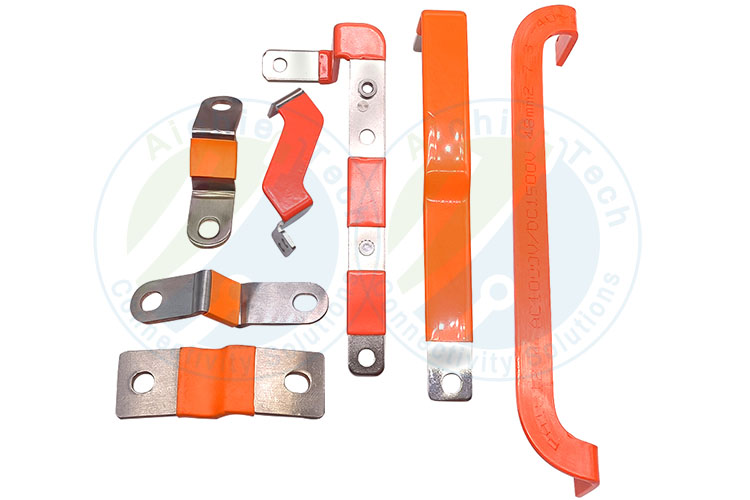What is an electrical busbar?
Derived from the Latin word "omnibus", which translates as "for all" (as in "all currents in a particular system"), busbars are flat conductors that are becoming an integral part of the architecture of electric vehicles. Busbars are typically installed in switchgear, panel and busway enclosures for local high current distribution. They are also used to connect high-voltage equipment in electrical switchyards and low-voltage equipment in battery packs. Bus bar, groundable and conductive. Electrical busbars can be coated with various materials, such as copper, to provide different limits and variations in conductivity. Busbars come in many shapes and sizes, and they will determine the maximum amount of current a conductor can carry before it ages.
Today, there are as many as two dozen bus bars in a battery pack, and that number will increase as packs get larger and/or more powerful, while still keeping the space inside them very tight. Ultrasonic welding is the preferred joining process for bus bars in EV applications. However, since these more powerful batteries are only capable of fast charging, we'll soon see more innovations in busbars outside of the battery pack, delivering high power from the charging inlet to the battery to other high-mobility motors and devices, increasing the need for innovative ultrasonic porting applications.
Why Companies Prefer Electrical Busbars
In the long run, busbars are considered to be more popular than standard cables for some wiring harnesses in the automotive industry. Rising popularity of electric vehicles, cost-effectiveness, ease of installation, low maintenance and service costs of vehicle buses, and development of charging infrastructure for electric vehicles are some of the key factors behind the growth in demand for vehicle buses. Additionally, technological developments in electric vehicle manufacturing and charging infrastructure are expected to benefit the global automotive busbar market. According to market research, owing to these factors, the market is expected to generate over USD 170 million in revenue by 2023, at a CAGR of 24.6% during 2021-2030
Advantages of using bus bars:
. Efficient heat dissipation - more effective than stranded wire
. Various constructions - copper and aluminum, rigid or flexible, laminated, see Figure 1
. Built-in battery without EMC
. Facilitate automation, improve safety and quality
 |
 |
Aichie provides high -quality rigid busbar, flexible busbar. It has introduced new production equipment, which greatly improves the quality and efficiency of production. Customers are widely distributed in Europe and North America. Production employees and experienced engineering teams and sales teams serve our customers; please contact us now! We will provide you with competitive prices!
AICHIE Tech Electronics Co.,Ltd
Email: sales03@aichie.com
Mobile/Whatsapp/WeChat: (86)18027502150
Skype: live:.cid.8643b3df38ff8b5